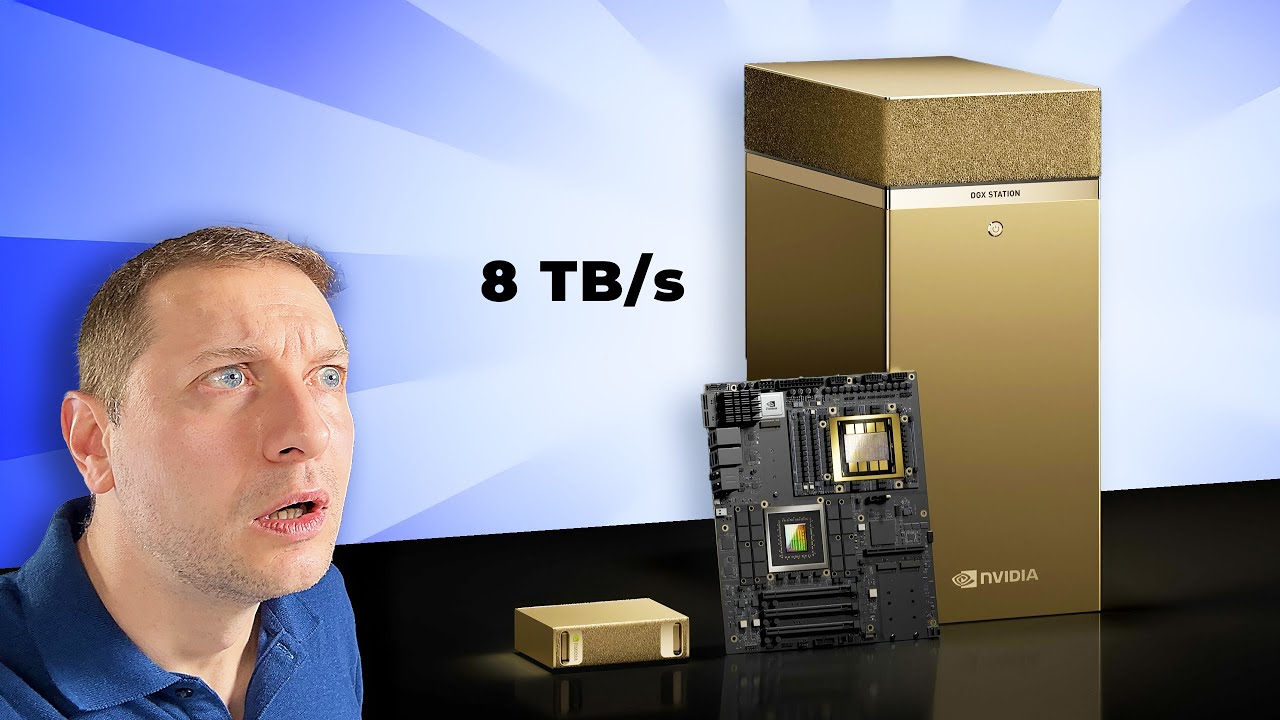NVIDIA has launched the DGX Station, a powerful desktop AI PC designed for machine learning and large language models, featuring 128 GB of LPDDR5X memory and a starting price of $4,000, though it has lower memory bandwidth compared to some competitors. Additionally, the DGX Spark mini PC variant is introduced for $3,000, while both machines aim to enhance AI computing capabilities despite their high price points and specific performance limitations.
NVIDIA has recently unveiled its latest innovation in desktop AI computing, the DGX Station, which is designed to cater to the needs of machine learning, data science, and large language models (LLMs). This compact yet powerful machine is a significant step forward in AI hardware, boasting impressive specifications that aim to enhance performance for professionals in the field. The DGX Station, previously known as the NVIDIA Digits project, is expected to change the landscape for those working with AI technologies in office environments.
The DGX Station features a unified memory system with 128 GB of LPDDR5X memory, which is crucial for running LLMs efficiently. However, its memory bandwidth of 273 GB per second is lower than some competing products, such as Apple’s M3 Ultra, which offers higher bandwidth but less memory. The pricing for the DGX Station starts at $4,000, which some may find steep given the performance limitations, particularly in terms of tensor performance and AI TOPS compared to NVIDIA’s higher-end RTX graphics cards.
In addition to the DGX Station, NVIDIA has introduced the DGX Spark, a mini PC variant that is also geared towards AI applications. This machine is being offered to partners like Asus, with the Asus Ascent GX10 being the first available for pre-order at a slightly lower price of $3,000. While the DGX Spark is designed for AI workloads, its specifications, including memory bandwidth and AI TOPS, suggest it may not be as powerful as the higher-end RTX cards, which could limit its effectiveness for more demanding LLM tasks.
The video also discusses the upcoming DGX Station’s advanced features, including the Blackwell Ultra GPU, which is expected to deliver up to 288 GB of memory and an astounding 8 terabits per second bandwidth. This machine is aimed at enterprise-level users and is designed to handle large-scale AI workloads efficiently. The introduction of NVIDIA Connects, a new optical-based networking technology, promises to enhance connectivity between multiple machines, allowing for faster data transfer rates compared to traditional Ethernet connections.
Overall, the video highlights the excitement surrounding NVIDIA’s new AI-focused hardware, while also addressing the challenges and limitations that come with it. The DGX Station and DGX Spark represent significant advancements in desktop AI computing, but their high price points and specific performance metrics may lead some users to consider alternative options. As the demand for AI capabilities continues to grow, NVIDIA’s offerings will likely play a crucial role in shaping the future of AI development and deployment.
